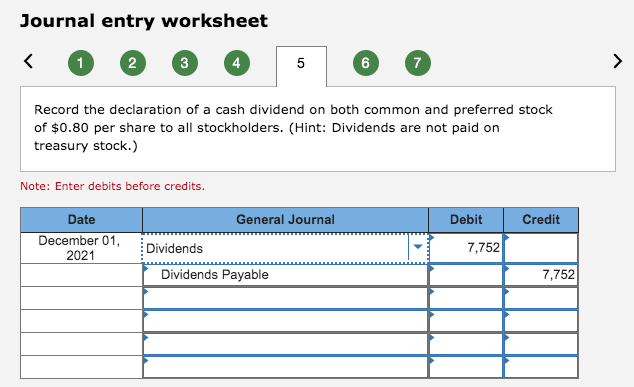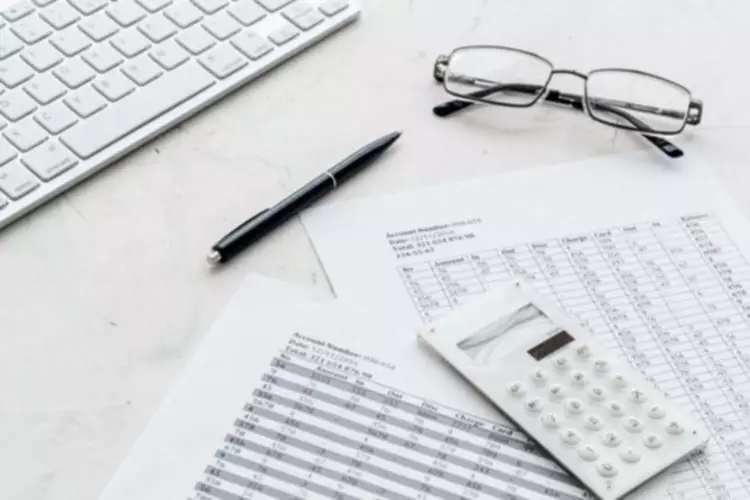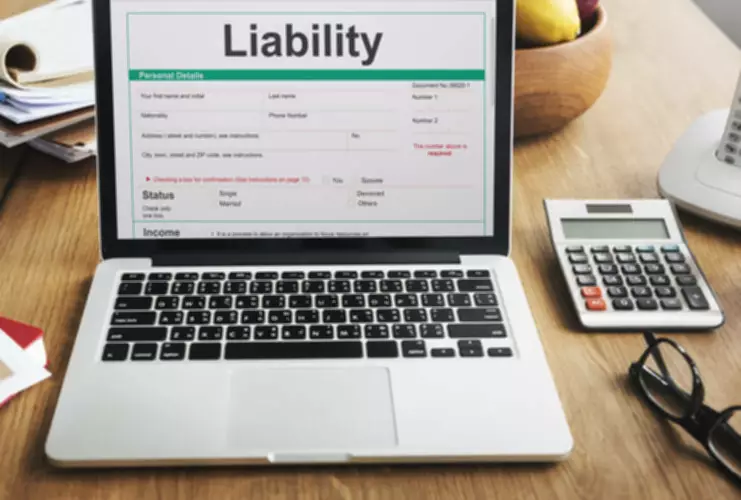
After you decide your pricing, be ready to sell your services. You may consider offering a free consultation to talk with prospective clients and highlight the value you can provide, such as saving time and avoiding expensive mistakes. Last but not least, how often a client receives services could influence pricing. For example, you can charge frequent clients a lower rate than one-time clients. If you offer virtual services to clients, consider their location and whether you need to adjust your fees accordingly. Your accounting firm location (and where clients are located) plays a role in accounting fee averages.
Before we get into dollar figures, let’s talk about the expenses that go into small business accounting. Before deciding which pricing structure you want to use, consider factors like whether your services are ongoing and how much time you spend with each client. The IRS does not make it compulsory to engage a tax professional. Also, you can make mistakes that put you in trouble with the IRS, which will often cost you more time and money than when you hire a professional. We’ll show you the benefits of hiring an accountant, how to determine their fees and alternatives to hiring one if their cost is beyond your budget.
She also empowers business leaders with unbiased data-driven information needed to run their SMBs. She has worked with web publications and tech brands such as U.S News & World Report, Elevato, LeadDyno and OMTech.
Accounting
Small businesses often benefit from using a tax preparer who specializes in this area of tax preparation. Tax professionals may save you money and time, and ensure you are following relevant tax rules for business owners. In-demand accounting services for small businesses include business formation, tax planning and consulting, auditing, bookkeeping, payroll, and advising. The more complicated the service, the more you might decide to charge. This is often employed to help manage the books, track expenses and income, create invoices, and more. It can eliminate some of the work accountants need to do, which could reduce your accountant fees.
- Accountants can help you save time and can assist with financial planning, tax preparation, and error prevention.
- But, there are some difficult tasks you might hire an accountant to do.
- As a small business owner, chances are you’re filling every role within your company, so hiring an accountant might be last on your list of priorities.
- You can reduce the cost of hiring an accountant by doing some tasks on your own.
- Some accountants charge more than others, depending on the type of work they do and their background.
While you will need to part with some money to obtain the services of an accountant, hiring an accountant means you will access the expert knowledge required to grow your business. Take the next step and learn how to find a small business accountant. The average cost of a certified public accountant (CPA) can be between $150 and $450 per hour – depending on the type of work carried out1. For bookkeeping services done by a less experienced professional, you might pay around $30 to $90 per hour2.
How Flexible Scheduling and Remote Work Influence Traditional Time Management
You might decide to create tiers for small, medium, and large business clients. For example, you would charge a business with more than 100 employees more to run payroll than a small business with five employees. Setting a reasonable and competitive price is key to sourcing and retaining clients, after all. Overpricing your services may send clients running for the hills (or into the arms of a competing accountant).
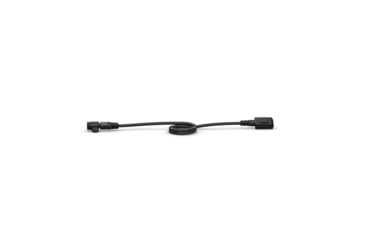
DIY software allows you to import transactions from your bank accounts so you can categorize and track your income and expenses. They can also automatically prepare important financial statements, like a balance sheet or cash flow statement, based on the information you enter. The software is only as reliable as the information you enter.
As a general rule, accounting costs can vary greatly and depend on the services you’ll need and how much time you have available to contribute to your business’s accounting. For example, suppose you’re already tracking transactions with accounting software and need help with tax preparation. The cost of hiring an accountant varies, depending on your company’s needs and the accountant’s expertise and certification. If hiring an account is beyond your budget, consider using an accounting software instead.
Cost of hiring an accountant
For example, a bookkeeper that does routine data entry charges less than a CPA (Certified Public Accountant). A CPA is an accounting expert that is highly qualified to advise you on business strategy or tax planning. Handing your books off to an accountant is a decision that can save you time and energy. Before doing so, understand how much hiring an accountant could cost you. With so many financial programs available, it can be tempting to try to do it alone and rely on technology to do your accounting. The truth is that some small business owners are perfectly capable of doing this!
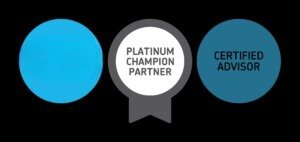
For small business, you do not need an elaborate program to manage accounting. Basic accounting software streamlines the process and lets you record transactions quickly. Periodically enlist the help of a financial expert for difficult accounting tasks as needed. Your financial service fee depends on the work you need to be done. The average monthly accounting fees for a small business will rise as you add more services and the tasks get harder.
In-house vs. outsourcing
Lisa Greene-Lewis, a CPA and tax expert at TurboTax, warns that you should not pay an accountant based on the outcome of their work. Our experts choose the best products and services to help make smart decisions with your money (here’s How to Register Vehicles Purchased in Private Sales California DMV how). In some cases, we receive a commission from our partners; however, our opinions are our own. To verify that someone is a certified public accountant that can help your company with its finances, go to the CPA verification page.
Software preparation tools may be faster, more efficient, and more convenient as they can be used at your discretion. Adam Hayes, Ph.D., CFA, is a financial writer with 15+ years Wall Street experience as a derivatives trader. Besides his extensive derivative trading expertise, Adam is an expert in economics and behavioral finance. Adam received his master’s in economics from The New School for Social Research and his Ph.D. from the University of Wisconsin-Madison in sociology. He is a CFA charterholder as well as holding FINRA Series 7, 55 & 63 licenses. He currently researches and teaches economic sociology and the social studies of finance at the Hebrew University in Jerusalem.
Instead of relying on an accountant or bookkeeper to determine figures for you, software can do it at a fraction of the cost. Then, you can pass your books along to your accountant when you need someone to handle the more complex work. Streamlining your accounting processes with software can save you time and money. Comparing small business accountant fees can be challenging as they structure their fees differently. Look at your options and estimate how much you will spend with an accountant using each different pricing structure – some even offer free consultations first.
If your business is relatively small (or more of a side hustle), you may be able to handle your accounting on your own. We’ve received your job requirements, and our team is working hard to find the perfect candidate for you. If you have more job openings available, feel free to submit another job description, and we’ll be happy to assist you. Stay up to date with our team’s knowledge of the latest accounting tools. Your clients may also be willing to pay more if you have advanced degrees and certifications. This website is using a security service to protect itself from online attacks.
Plan for the future
You can also hire an accountant who has a particular specialization, for example, if you own a small business or live abroad. Some professionals are generalists, but it is important to hire someone with a level of experience no matter what. Keep accounting costs down by taking care of some financial tasks yourself.
Just give us a few brief details about your company, and you’ll be contacted by these trusted firms with tailored, no-obligation quotes and answers to your questions. The cost of an accountant will depend on your business size and turnover. Small businesses can expect to pay around £60 to £450 a month, depending on the services they need. If you’re registered as a sole trader, your accounting costs will be lower than those of a limited company. Limited companies have more complex needs and have to comply with harsher accounting rules. Bookkeeping is much more stringent and comprehensive, so the cost of having to taken care of is typically higher.




